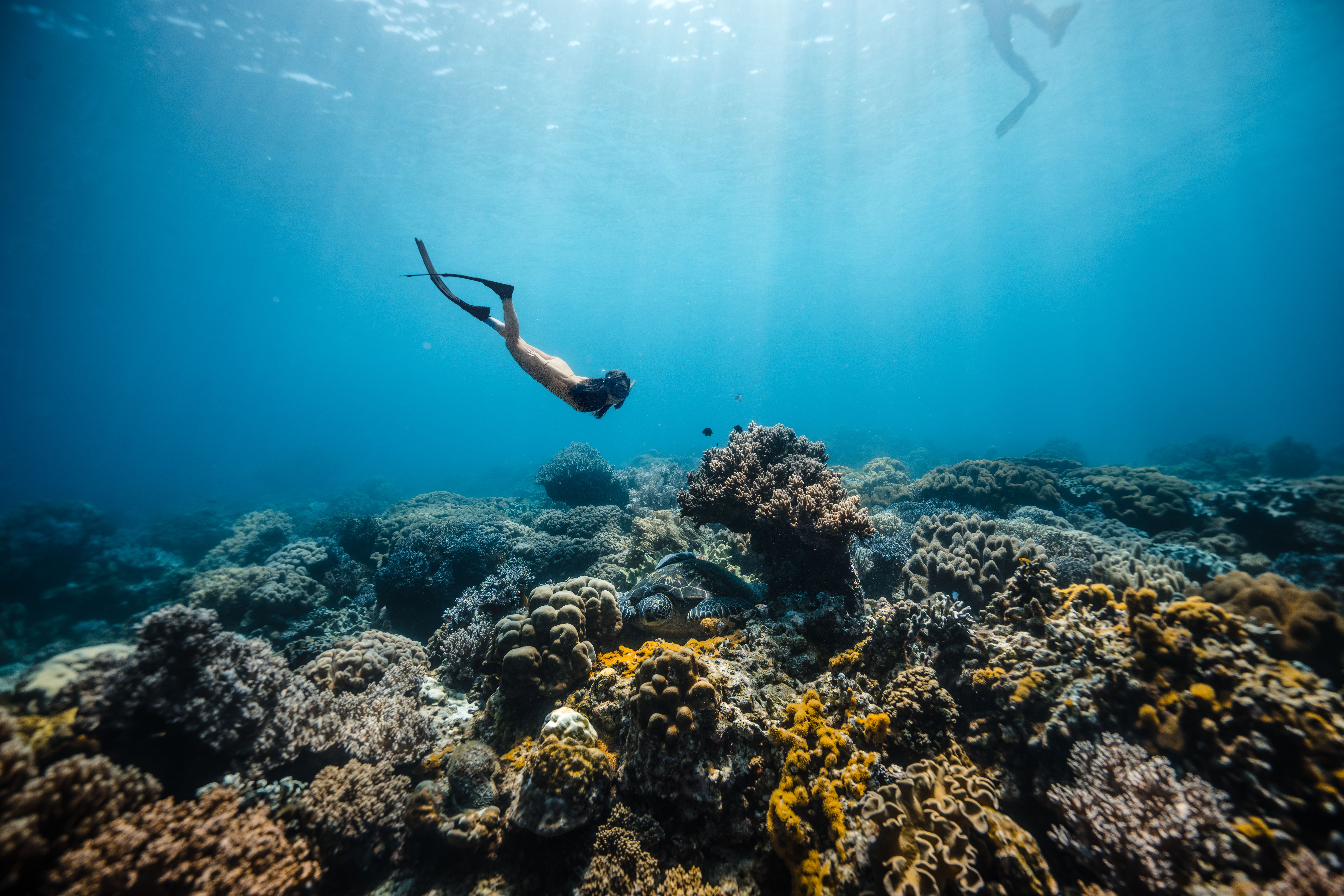California’s coastline offers a spectacular underwater world for freedivers and ocean enthusiasts. The Pacific teems with vibrant marine life, and spotting some of the most fascinating fish while freediving is an experience like no other. For those ready to take a deep breath and plunge into the depths, here’s what you need to know about the most captivating fish species to look out for during your freediving adventures in the Golden State.
The Allure of Freediving in California
Freediving is the ultimate way to connect with the ocean’s wonders. Unlike scuba diving, it allows you to explore the underwater realm silently and unencumbered by heavy equipment, often resulting in closer encounters with marine life. California, with its diverse ecosystems ranging from kelp forests to rocky reefs, is a freediver’s paradise where the Pacific’s cool currents bring a rich mix of nutrients, supporting an abundance of fish species.
Ideal Spots for Freediving
California’s extensive coastline offers numerous spots perfect for freediving. Locations like La Jolla in San Diego, Catalina Island, and the kelp forests of Monterey are renowned for their clear waters and thriving marine ecosystems. Each area offers a unique landscape and an opportunity to witness different species in their natural habitat.
Fish Species to Discover While Freediving
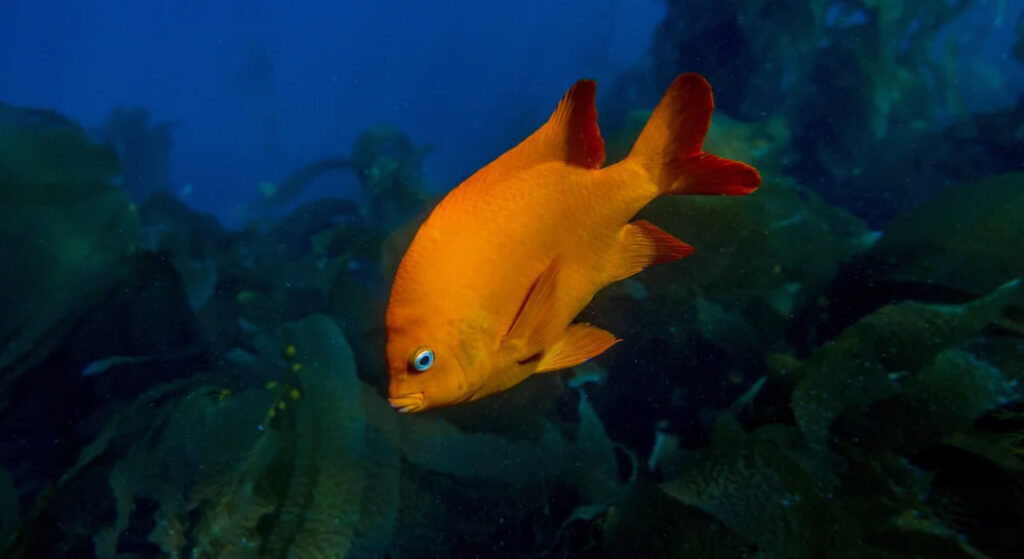
Garibaldi (Hypsypops rubicundus)
The Garibaldi, California’s state marine fish, is a bright orange damselfish that’s hard to miss. They’re commonly found in kelp forests and rocky reefs, and while they might be small, their vivid color and feisty nature make them a memorable sight.
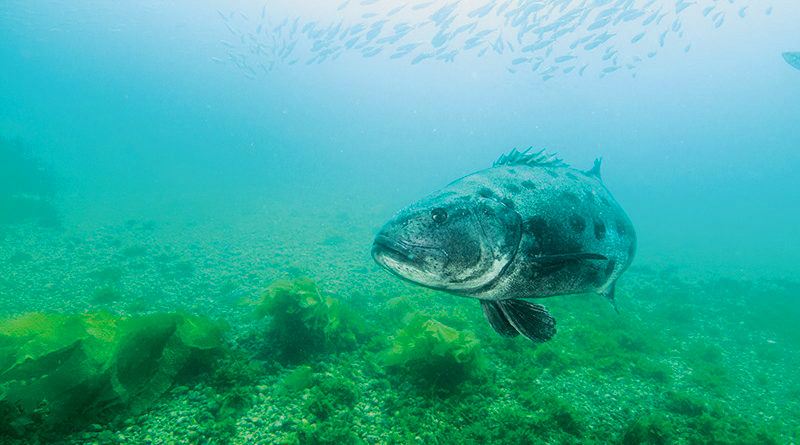
Giant Sea Bass (Stereolepis gigas)
These massive fish can grow up to several hundred pounds and are a sight to behold. While their populations were once in decline, conservation efforts have helped their numbers rebound. Encountering a gentle giant sea bass while freediving is an unforgettable experience.
Leopard Shark (Triakis semifasciata)
The leopard shark, with its distinctive dark spots and streamlined body, is often found cruising along sandy bottoms and near kelp beds. These sharks are generally docile and provide a thrilling encounter for freedivers who respect their space.
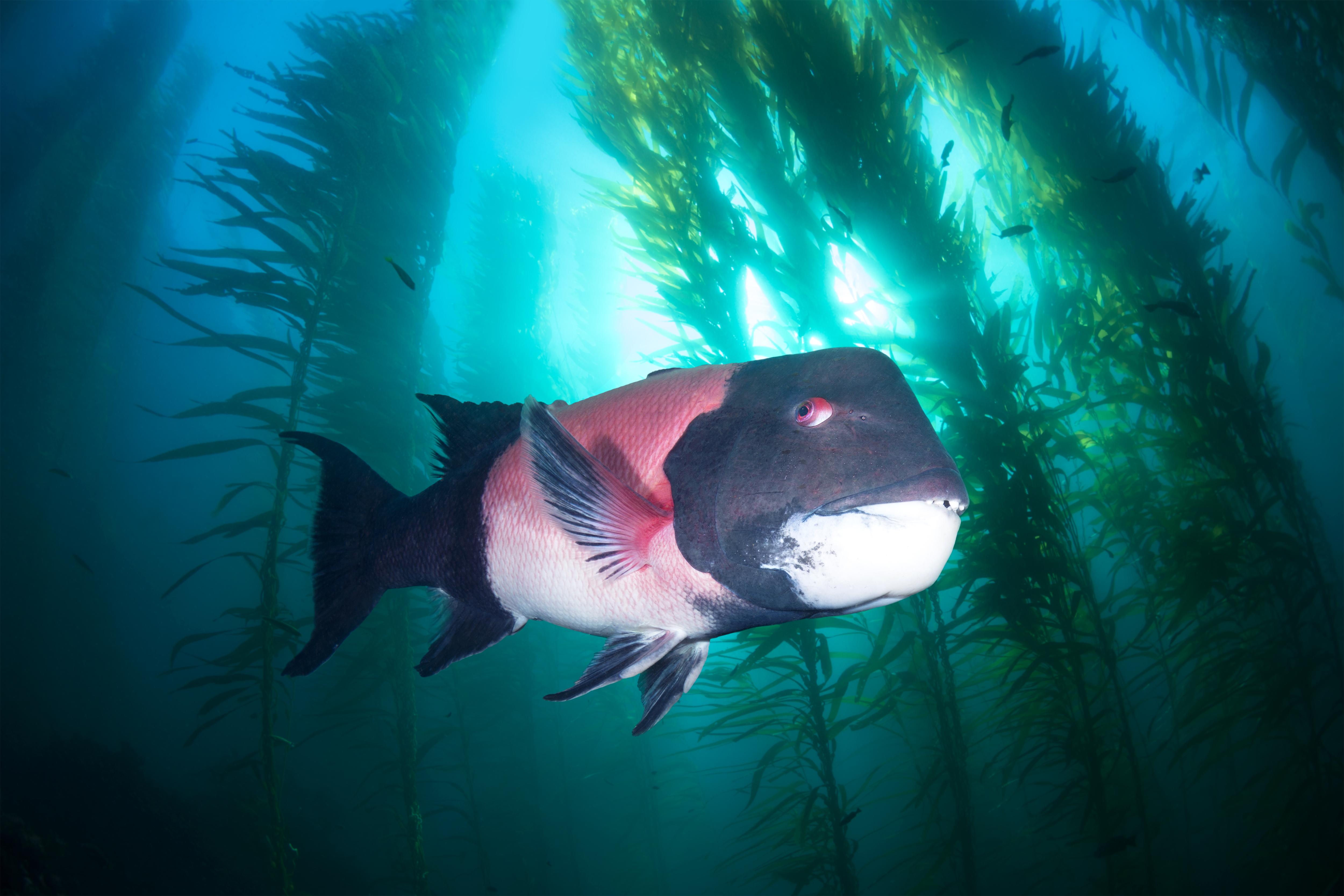
California Sheephead (Semicossyphus pulcher)
The sheephead is easily recognizable by its large size and the male’s striking black, white, and red coloration. They’re often seen in rocky areas, munching on sea urchins and other invertebrates.
Understanding Fish Behavior for Better Encounters
To truly appreciate the marine life while freediving, it’s essential to understand fish behavior. Being aware of how to approach and interact with fish can lead to more meaningful and respectful encounters.
The Importance of a Slow Approach
Fish are often sensitive to rapid movements and can be easily spooked. By approaching slowly and calmly, you’re more likely to get closer without disturbing them. This gives you the opportunity to observe their natural behaviors and interactions.
Observing Feeding and Social Habits
Many fish species have unique feeding and social habits that can be fascinating to watch. For example, observing a group of sheephead working together to flip over rocks in search of food or witnessing the territorial displays of a male Garibaldi can enrich your freediving experience.
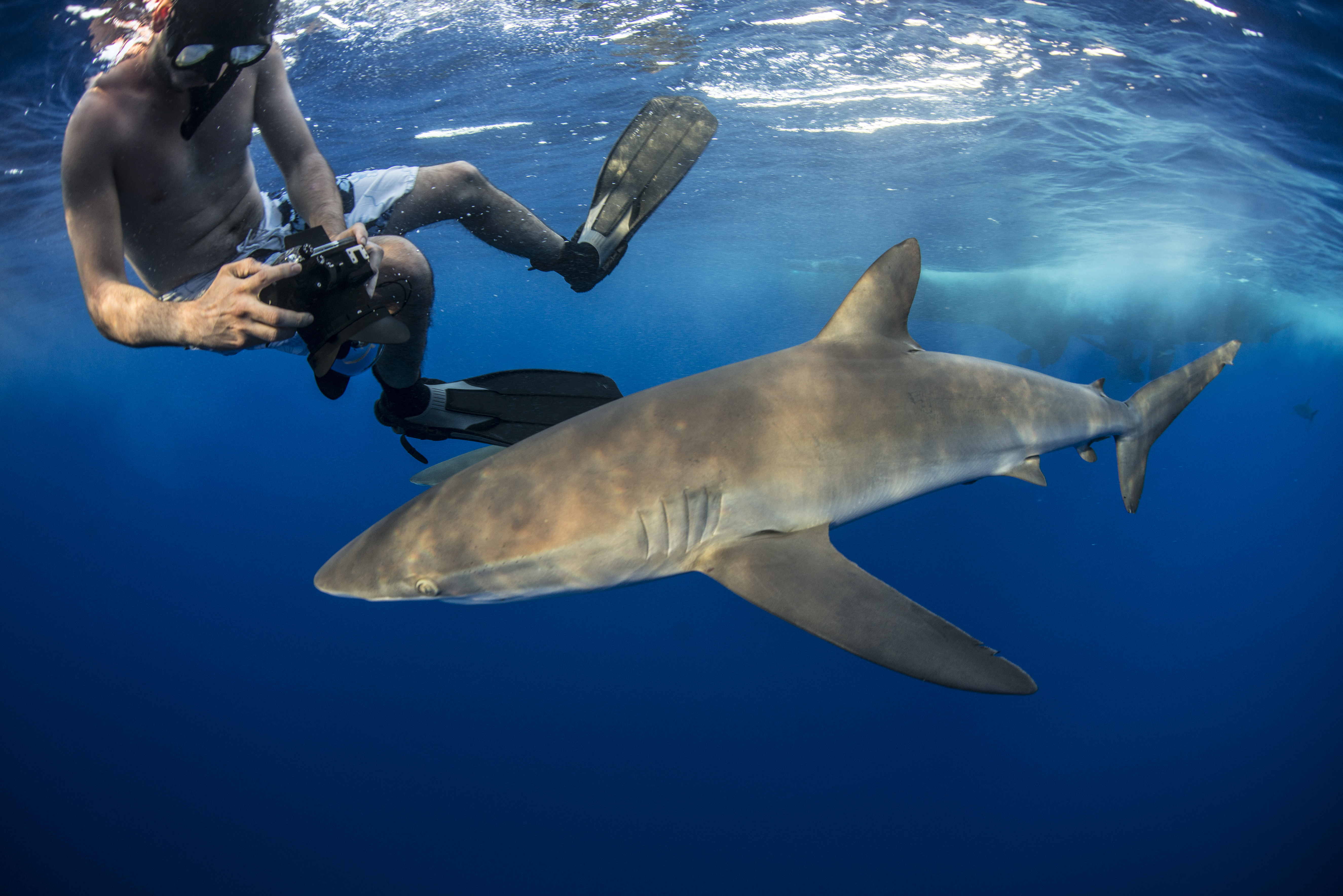
Conservation and Respect for Marine Life
As freedivers, it’s our responsibility to ensure that our ocean adventures do not harm the marine environment or its inhabitants. Here are some guidelines to follow:
Look, Don’t Touch
It’s crucial to resist the urge to touch marine life. Not only can this disturb the fish, but it can also damage delicate ecosystems and potentially spread diseases.
Be Aware of Protected Species
Some fish species are protected by law due to their vulnerability or declining populations. Always familiarize yourself with local regulations and avoid interacting with these species beyond observing them from a distance.
Participate in Conservation Efforts
Getting involved in local conservation efforts, such as beach cleanups or citizen science projects, is a great way to give back to the environment that provides us with such incredible freediving experiences.
Gear and Safety Tips for Freediving with Fish
To ensure a safe and enjoyable freediving trip, having the right gear and following safety protocols is essential.
Essential Freediving Gear
A comfortable mask, snorkel, fins, and wetsuit tailored for the cooler waters of California are vital for a good freediving experience. Additionally, a weight belt helps with buoyancy control, and a dive computer can keep track of your depth and dive time.
Safety First
Always dive with a buddy, and never push your limits. It’s important to be aware of your surroundings, including currents and changes in weather conditions. Practicing proper breath-holding techniques and knowing your personal boundaries can help prevent accidents.
Final Thoughts on Freediving in California’s Waters
Freediving in California is not only an adventure but a journey into an underwater world teeming with life. As you glide through the water, each fish encounter adds to the story of your dive and the connection you build with the ocean.
Whether it’s the playful darting of a Garibaldi, the majestic presence of a giant sea bass, or the sleek silhouette of a leopard shark, the fish of California’s waters are a testament to the ocean’s beauty and diversity.
By approaching freediving with respect, curiosity, and a conservationist mindset, you can ensure that these underwater treasures will continue to thrive for generations of ocean adventurers to come.
Remember, the ocean is a living, breathing entity that we are privileged to explore. Dive in, open your eyes to the wonders below, and let the fish of California inspire your next ocean adventure.

